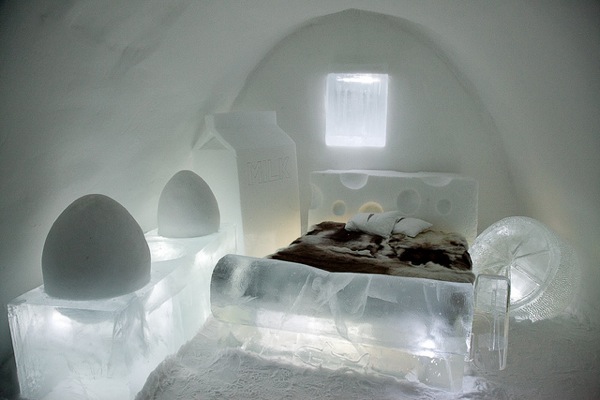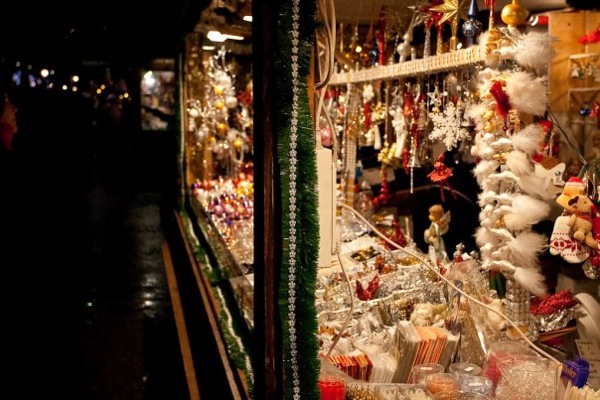Learning a New Skill: The Four Stages
There has been an interesting conversation circulating lately on a couple of interpreter blogs about the four stages of learning.
While I am not an interpreter, these stages can obviously be applied to learning any new skill. Learning a new language springs to mind, but I also think this can be applied to ‘learning’ a new culture as an expat or immigrant, and I think this lines up quite nicely with the four stages of culture shock.
So on to the four stages of learning:
1. Unconscious Incompetence
‘The individual does not understand or know how to do something and does not necessarily recognize the deficit. They may deny the usefulness of the skill. The individual must recognise their own incompetence, and the value of the new skill, before moving on to the next stage. The length of time an individual spends in this stage depends on the strength of the stimulus to learn’ (1).
Language: There was a time when I did not really value learning a second language, despite the fact that I grew up in a Dutch/English bilingual family environment. I remember complaining to my mother at the age of 12 or so, that I never planned to live overseas, so why did I have to study Japanese at school, a language I did not then, nor now, have any affinity with. I didn’t see any value in acquiring this new skill… luckily I came to my senses a couple of years later, and language learning is now one of my greatest joys.
Culture: Otherwise known in culture shock terms as the honeymoon phase. Here I am imagining a newly arrived expat, fresh off the plane with suitcase in hand. Everything about their new home is an adventure, interesting, quaint, charming, exciting. Sometimes people are completely oblivious to cultural differences and probably make quite a few faux pas without even realising it. I think quite a few people skip this stage moving to a new country, and enter straight into the conscious incompetence stage.
2. Conscious Incompetence
T’hough the individual does not understand or know how to do something, he or she does recognize the deficit, as well as the value of a new skill in addressing the deficit. The making of mistakes can be integral to the learning process at this stage’ (2).
The key to this stage is that we know that we don’t know a certain skill. This is an amazing thing, an opportunity. This is the point where we can make the conscious decision to learn something new, making plenty of mistakes along the way.
Language: I feel I am between this and the conscious competence stage with Swedish and German. Sometimes I learn something in Swedish class and I am amazed at how necessary that little bit of grammar is to being able to communicate normally in Swedish, and I wonder how I even got along without that bit of knowledge (or never noticed it before). This is a perfect example of my mind switching, bit by bit, from stages one to three.
I am starting to be able to have everyday conversations, but I am very aware of how much vocabulary I need to learn to be able to communicate at the same level I can in English. This is especially evident in a social setting – I am simply not able to relax and just have a chat with new people in Swedish yet, although I am able to understand a lot of what is being said.
Culture: In culture shock terms, this is known as the negotiation phase. Here things can get a little more difficult for a time. Our expat realises how much there is to understand about their new home – a little example is when I lived in Austria, I had no idea when I went shopping for the first time that I had to weigh and label my own vegetables, and was yelled at when I when up to pay, but I definitely knew the next time. You go through plenty of experiences like this (ok, minus the yelling). as you find your feet. At this stage you can become quite frustrated, depressed, and compare your new home with your country of origin. Learning a new language can also be a consideration here, so you will simultaneously be going through multiple skill learning stages. To really become a part of your new culture, learning the local language really is important: it is the gateway to making local friends and really understanding the cultural and linguistic nuances of the country.
This is definitely the most frustrating and difficult time, and it is natural to feel overwhelmed when you realise how many new things you need to navigate. But things do get better, and slowly as you learn more and more about your new culture, things start to get easier. The key here is to spend time with people who have already gone through this stage, and even some who are having similar experiences. You can share knowledge, support and help each other. Things improve.
3. Conscious Competence
‘The individual understands or knows how to do something. However, demonstrating the skill or knowledge requires concentration. It may be broken down into steps, and there is heavy conscious involvement in executing the new skill’ (3).
Language: With parts of German and Swedish, I do feel I am at this level. For example reading German and Swedish, I feel I can get along quite well – with some serious concentration – and understand most of what I am reading. Watching movies in Swedish and German that I first watched a few years ago really show me how far I have come, as I no longer need the English subtitles, but I do need German or Swedish ones. This is an amazing feeling and gives me a push to improve even more. The moment I can make a friend in Swedish or German will be a true testament to being firmly at this stage.
Culture: Or the adjustment phase. Here life in the new country gets quite a bit easier. You are able to navigate daily life without so much stress, going to the bank, shopping, taxes, social life, are pretty natural occurrences. Again, language acquisition can be important is reaching this stage. The time it takes to reach this stage really depends on the person, but it is suggested that 6 months to 1 year is an average timeframe.
4. Unconscious Competence
‘The individual has had so much practice with a skill that it has become “second nature” and can be performed easily. As a result, the skill can be performed while executing another task. The individual may be able to teach it to others, depending upon how and when it was learned’ (4).
For this stage time is the main factor. Being able to use any skill without needing to think twice about it takes a significantly long period of time. To master a skill, Malcolm Gladwell suggests 10,000 hours. Let’s break 10,000 hours down: If you are extremely diligent and manage to dedicate 3 hours each day to your new skill, it would still take you a bit over 9 years, or almost 14 years Mon-Fri. Most people are unlikely to have the time to spend even 3 hours per day on a new skill, so realistically this could take quite a bit longer.
Obviously the idea of 10,000 hours is not set in stone – there are people that can become very competent in a language after only a year, but unconsciously competent after 1 year is very unlikely. For example, the Goethe Institute recommends you take 700 – 1000 45 minute sessions to be able to take the TestDAF, at the C1 level, the certificate equivalent to being able to study in German at a Germany University (using the Common European Framework of Reference for Language Learning (CEFR), with A1 as the beginner level, and C2 as near native). 750 hours of study to be able to attend university in the language seems quite tiny compared to Malcolm Gladwell’s 10,000 hours, but of course this is all very personal. There is no way to measure the exact number of hours it takes for anyone to become fluent, as it has so much to do with intensity, motivation, opportunity to practice with locals and so on. After 10,000 hours of developing any skill, I’d be quite a bit worried if your were not unconsciously competent.
Language: I would realistically expect in 15 or 20 years to be able to consider myself unconsciously competent in German and Swedish. This is of course entirely dependent upon how many hours of language learning I put in over the years, of keeping up my skills should I return to an English speaking nation, and so on.
Culture: In terms of culture shock, this is the Mastery stage. You have a second home, and while you probably still retain much of your old culture, you are able to negotiate life in your second home with ease, assimilating your new and old cultures into a delightful hybrid culture.




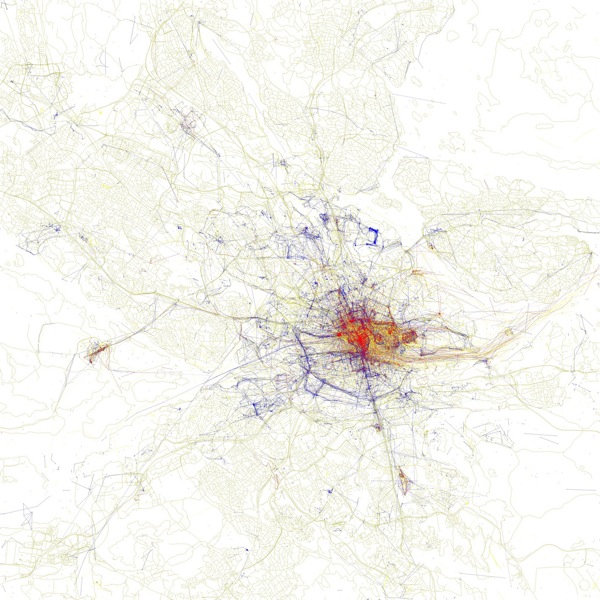
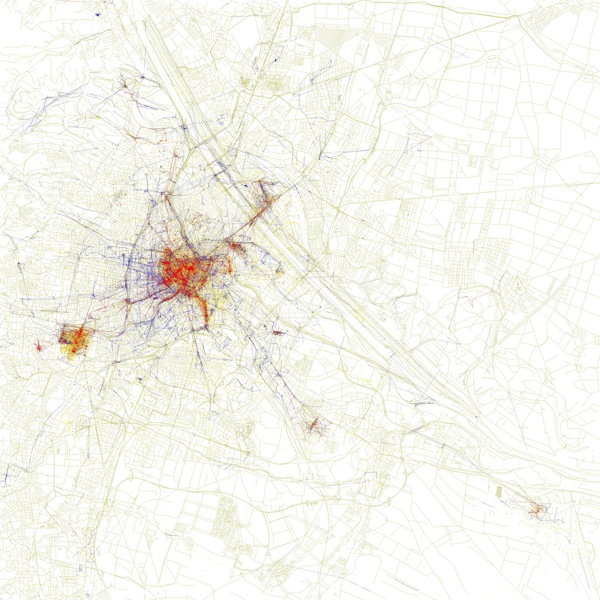
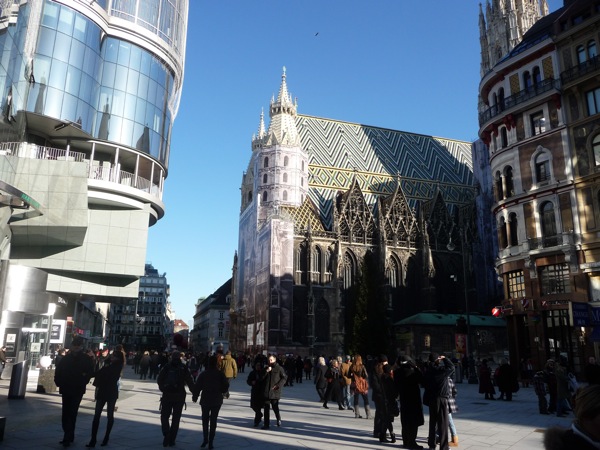
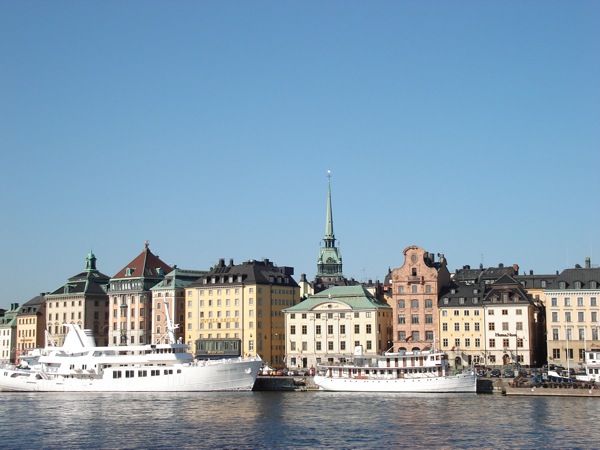
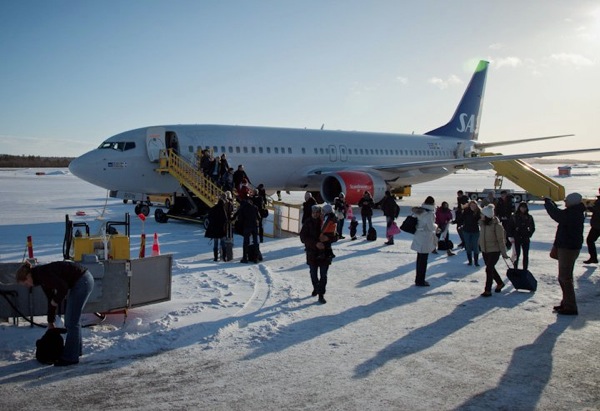
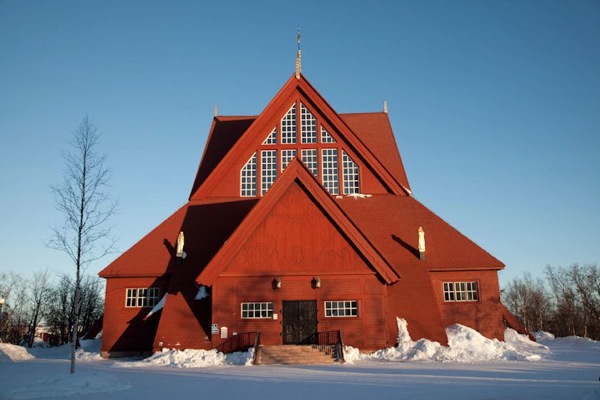
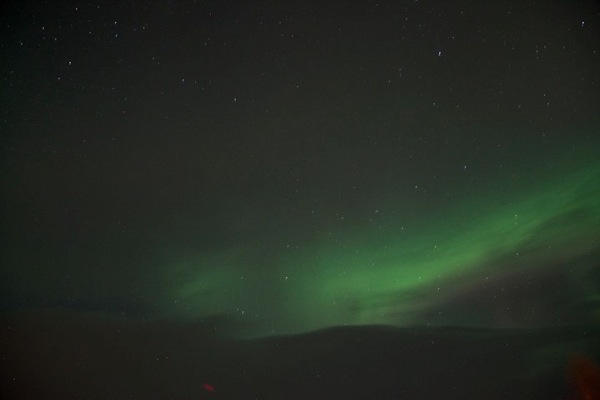
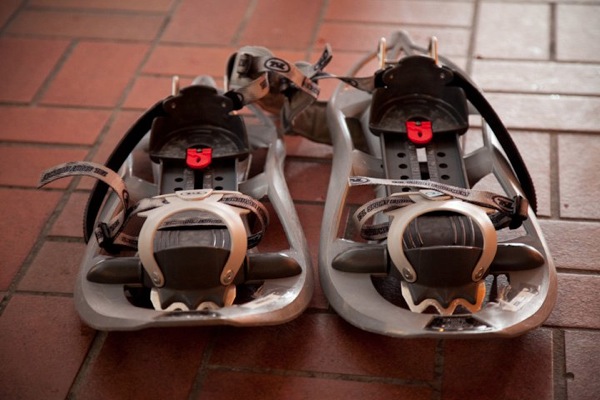
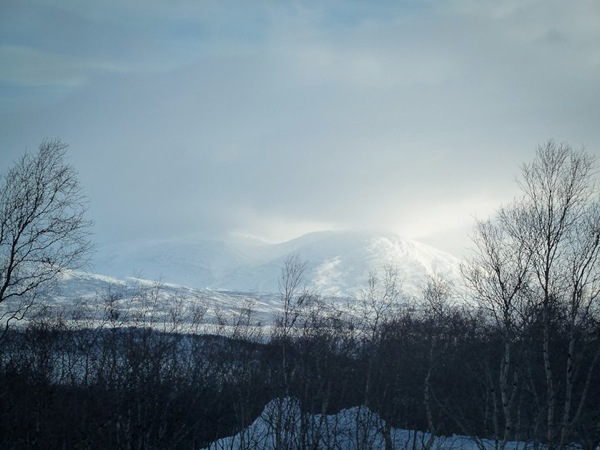
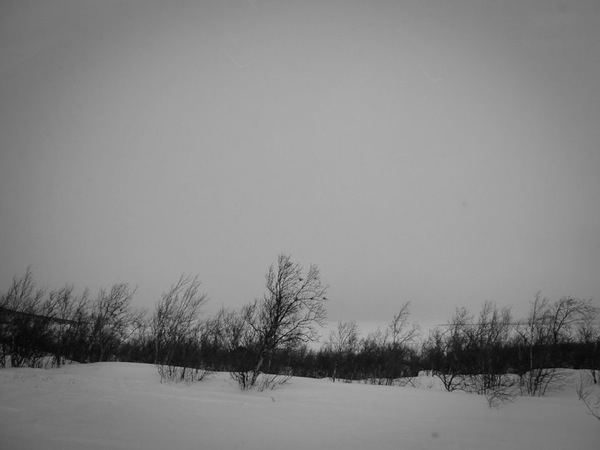
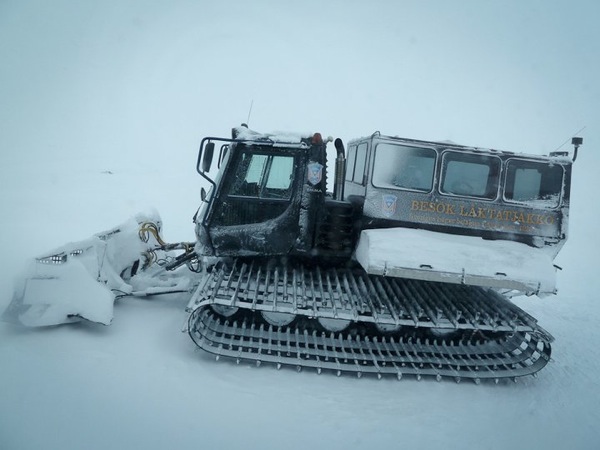
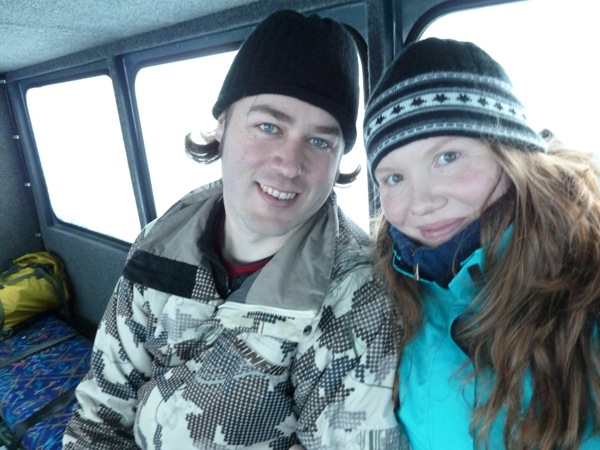
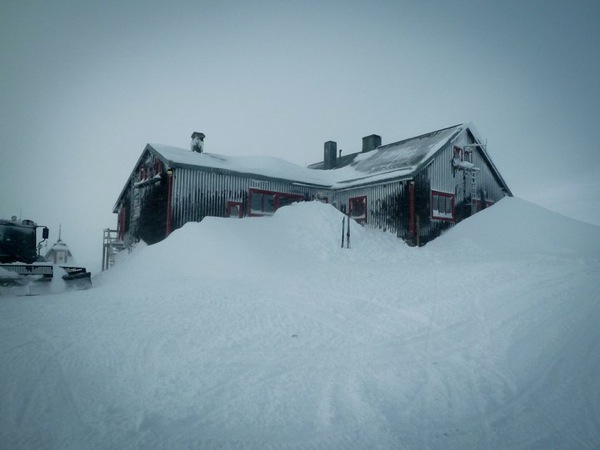

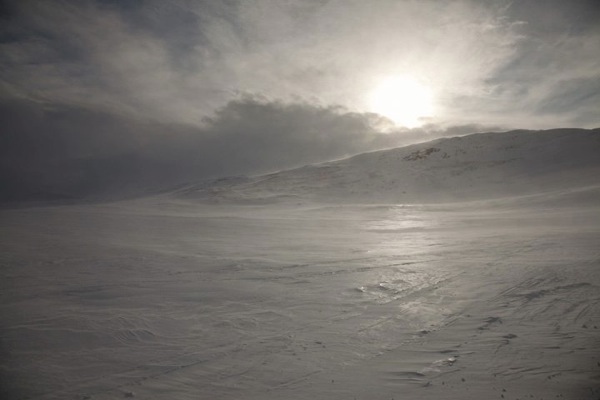
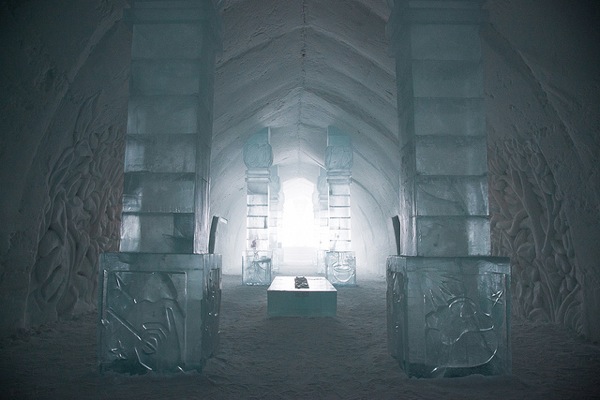
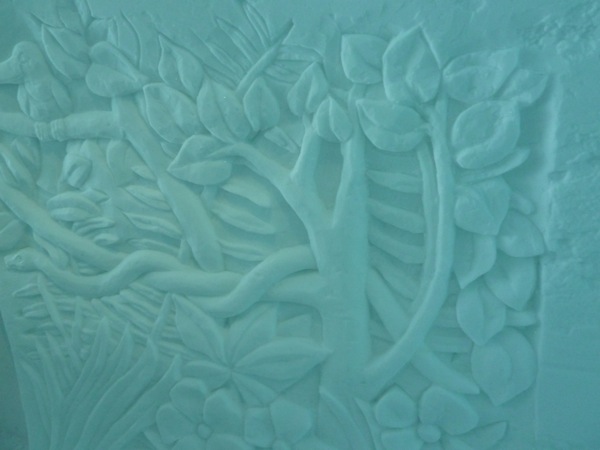 Yes, this is very pleasant and warm!
Yes, this is very pleasant and warm!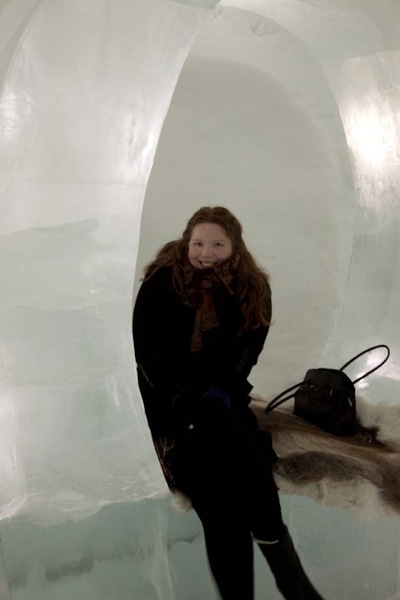
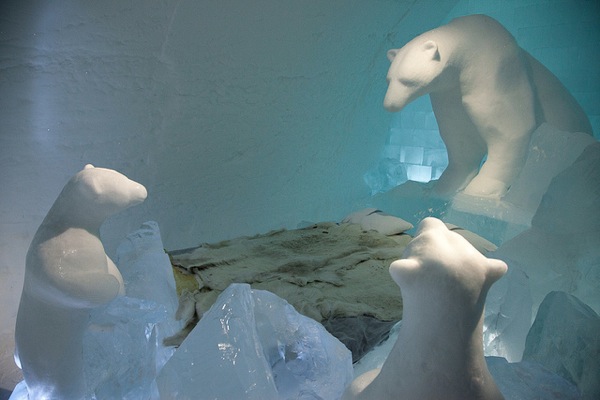
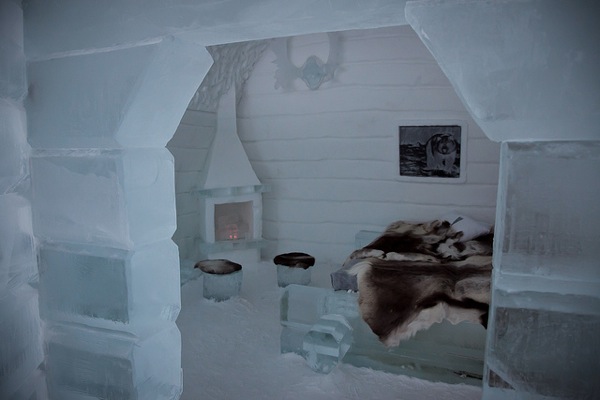 Hungry?
Hungry?